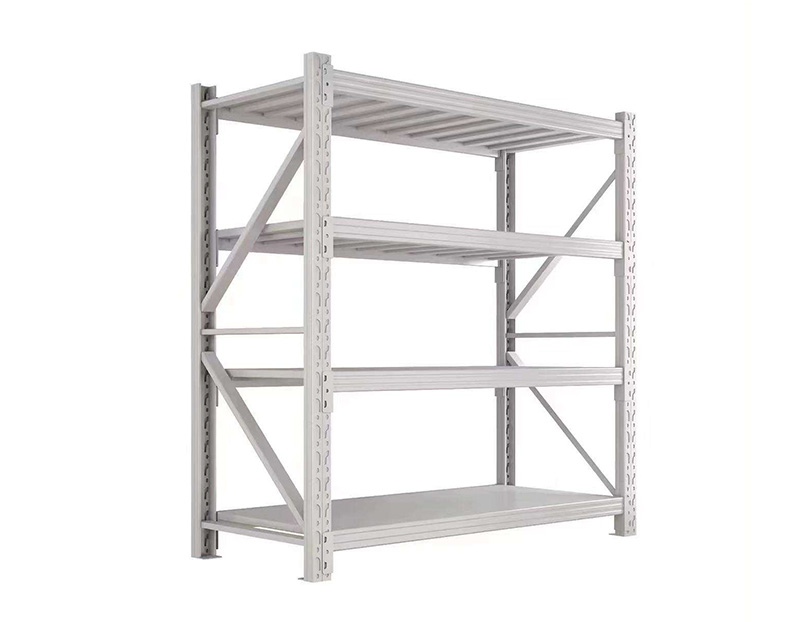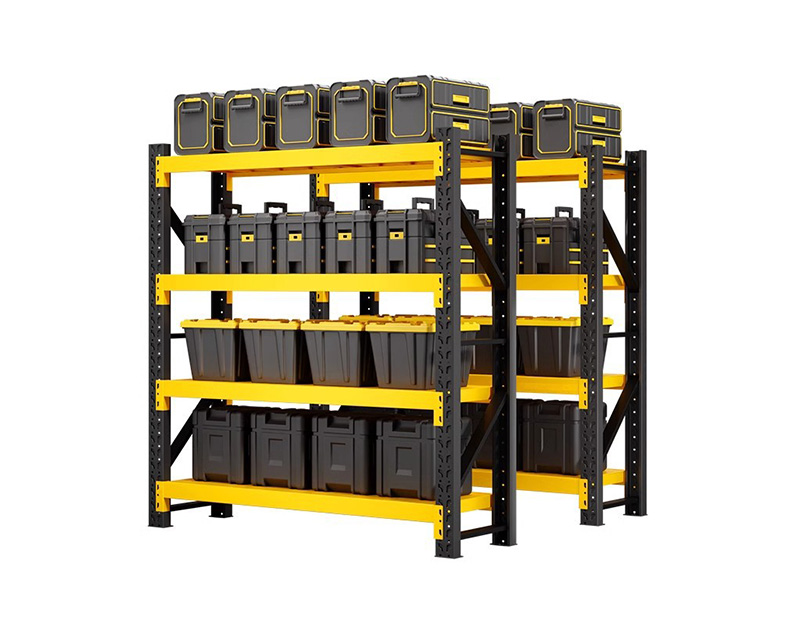Workbenches: Key Features for Long-Term Productivity
Long-term productivity in any workspace heavily depends on the design and functionality of the workbench. A well-equipped workbench reduces wasted time, minimizes fatigue, and supports consistent quality output over extended periods.

Durability is a fundamental feature. Workbenches constructed with sturdy steel frames and scratch-resistant, chemical-proof surfaces withstand daily wear and tear, ensuring they remain reliable for years. This reduces downtime caused by repairs or replacements.
Ergonomic adjustability boosts comfort. Height-adjustable benches accommodate different workers and tasks, allowing easy transitions between sitting and standing. This flexibility helps prevent repetitive strain injuries and keeps workers energized.
Integrated storage options are essential for keeping tools and materials organized and within reach. Built-in drawers, shelves, and pegboards reduce clutter and decrease the time spent searching for equipment, streamlining workflows.
Workbenches with built-in power strips and USB ports support the increasing use of electronic devices, enabling seamless operation of tools and charging stations without tangled cables or extension cords.
Mobility features like lockable caster wheels add versatility. Mobile workbenches allow for quick reconfiguration of workspaces to meet changing production demands or facilitate team collaboration.
Easy maintenance is critical. Surfaces that resist stains and are simple to clean save time and maintain hygiene standards, especially in industries like food processing or electronics.
Enhanced lighting options, including adjustable LED task lights, ensure visibility during detailed tasks, reducing errors and improving quality control.
In summary, choosing workbenches with durability, ergonomic design, smart storage, and technology integration creates a workspace that supports long-term productivity, worker well-being, and operational excellence.
 Smart Storage Equipment: Top B
Smart Storage Equipment: Top B
 Storage Systems: Design Ideas
Storage Systems: Design Ideas
 Storage Systems: Best Software
Storage Systems: Best Software
 Storage Systems: Maximizing Sp
Storage Systems: Maximizing Sp
